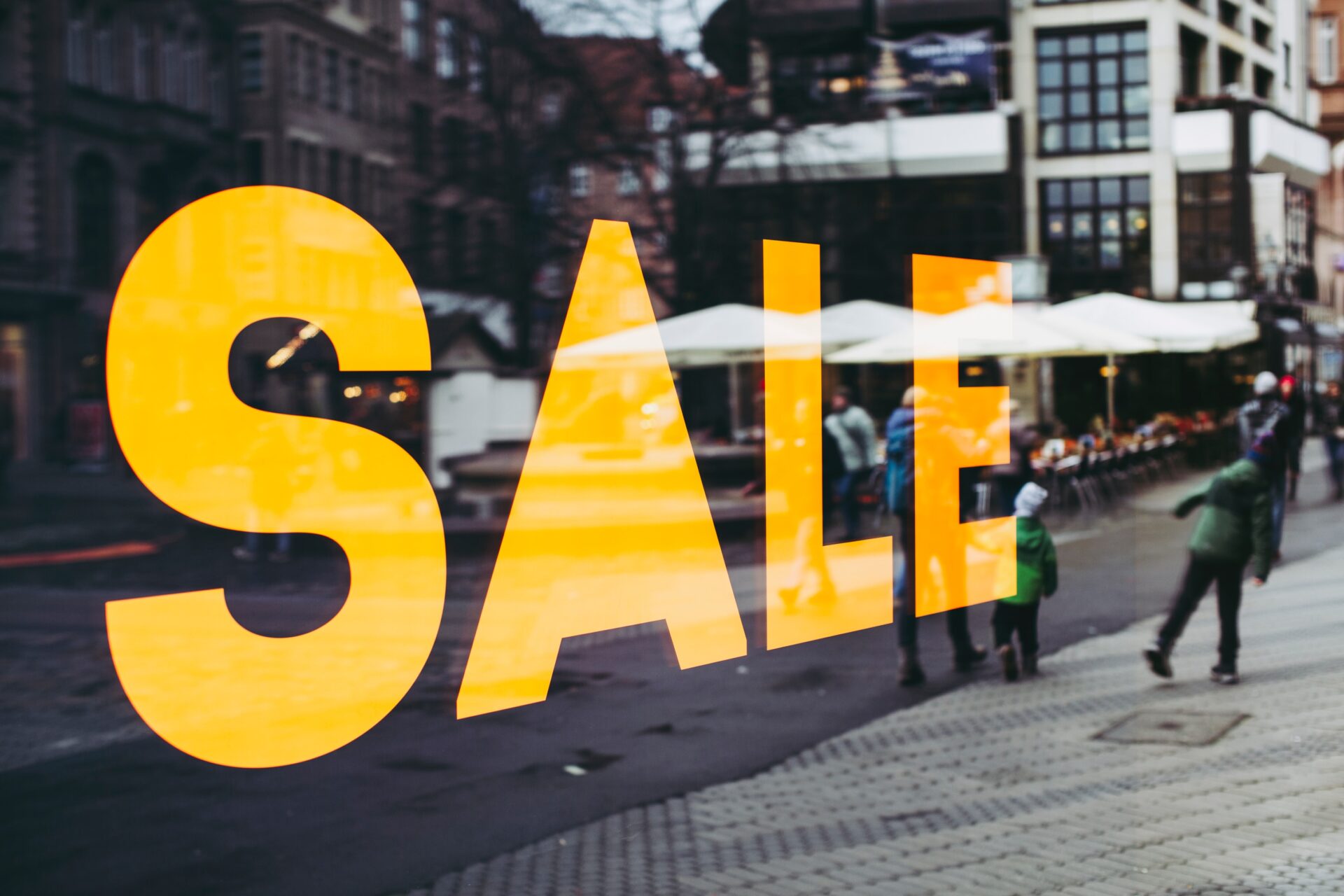Every November, as sale signs blanket storefronts and our inboxes overflow with discount codes, there’s a quiet counter-movement gaining momentum. It’s called Green Friday, and it asks a deceptively simple question: What if the most powerful thing you could do this shopping season is nothing at all?
I still remember my first encounter with this concept. The idea that “not buying” could be framed as an active, positive choice—rather than deprivation—fundamentally shifted how I thought about consumption. It wasn’t about restriction. It was about reclaiming agency in a system designed to make us feel like we never have enough.
The Origins of a Quiet Revolution
Green Friday didn’t emerge in a vacuum. Its roots stretch back to 1992 Canada, where activists established Buy Nothing Day—a 24-hour moratorium on shopping held the day after Thanksgiving. The goal was straightforward: create space to question the relentless march of consumerism and consider what “enough” might actually look like.
By 2015, this philosophy had crystallized into Green Friday, a global movement timed to coincide with Black Friday’s retail frenzy. But unlike its commercial counterpart, Green Friday isn’t about finding better deals. It’s about asking better questions.
The timing is deliberate. Black Friday has become emblematic of throwaway culture at its most extreme. Research reveals that approximately 80% of items purchased during the Black Friday rush end up discarded after minimal use. Meanwhile, the shipping infrastructure supporting online shopping generates up to 4% of global carbon emissions—numbers that spike dramatically during the holiday season. In 2020 alone, Black Friday deliveries in the UK produced an estimated 429,000 metric tons of greenhouse gases.
These aren’t just statistics. They represent a disconnect between what we think we’re getting (a great deal) and what we’re actually creating (environmental harm, clutter, and buyer’s remorse).
The Real Meaning of “Not Buying”
When people first hear about Green Friday, there’s often an instinctive resistance. The phrase “don’t buy” sounds restrictive, even punitive. But that interpretation misses the philosophy’s deeper dimension.
Choosing not to buy during Green Friday carries multiple layers of meaning. It’s a form of protest against engineered overconsumption—a way of saying “no” to systems designed to exploit psychological triggers and impulse behavior. It’s waste prevention in its most direct form, stopping unnecessary items from entering the landfill pipeline before they’re ever purchased.
Most profoundly, it’s an invitation to reassess value itself. In a culture that conflates “more” with “better,” Green Friday asks us to consider what we’re trading when we chase discounts: time, attention, environmental health, and often, genuine satisfaction.
The alternative Green Friday proposes isn’t emptiness. It’s richness of a different kind—time spent in nature, meaningful connection with loved ones, investing resources in causes that matter. These aren’t consolation prizes for missing out on sales. They’re often what we actually wanted all along.
The Psychology of Having Less
There’s compelling evidence that the principles underlying Green Friday deliver tangible psychological benefits. Research consistently shows that reducing consumption-focused behavior decreases stress and increases life satisfaction.
Consider the mental load of Black Friday participation: the anxiety of competing for deals, decision fatigue from evaluating countless options, post-purchase dissonance when that “must-have” item loses its appeal. Green Friday offers release from this cycle.
By stepping away from acquisition and toward experiences—particularly time in nature, which has proven stress-reduction properties—participants often report increased mental clarity and emotional wellbeing. There’s also the fulfillment that comes from aligning actions with values, whether through charitable giving, creative pursuits, or simply being present with the people who matter most.
Perhaps most valuable is the cultivation of gratitude and contentment. When we’re not constantly bombarded with messages about what we lack, we develop greater appreciation for what we already have. This isn’t toxic positivity or forced minimalism—it’s a genuine recalibration of what constitutes abundance.
Value Over Price
Here’s an inconvenient truth about Black Friday: many “deals” aren’t actually deals at all. A 2022 analysis found that average discounts hovered around just 4%, with more than half of products selling for less at other times in November. The “bargain” is often more perception than reality.
Green Friday shifts the conversation from price to value. It embraces the principle articulated by King Charles during his time as Prince of Wales: “Buy once, buy well.” This isn’t about elitism or inaccessibility—it’s about total cost of ownership, both financial and environmental.
A well-made item that lasts ten years represents better value than five disposable versions purchased at discount. Quality clothing that doesn’t pill or fade after three washes serves you better than a closet full of fast fashion. These aren’t just theoretical claims—they’re practical realities that many of us learn the hard way.
When Brands Choose Substance Over Sales
Perhaps most telling is that some of the most successful sustainable brands have embraced Green Friday principles not as marketing gimmicks, but as core business philosophy.
Spanish brand Ecoalf has refused to participate in sales since its 2009 launch, maintaining that discount culture undermines the true value of sustainable production. Their pricing reflects the innovation required to create over 500 types of recycled fabrics from more than 250 million plastic bottles—value that can’t be communicated through a markdown.
Patagonia famously donated 100% of its 2016 Black Friday sales to environmental organizations. REI pioneered #OptOutside, closing stores on Black Friday and encouraging staff and customers to spend the day in nature instead. IKEA has promoted furniture buyback programs, advancing circular consumption models.
These aren’t just feel-good campaigns. They’re businesses recognizing that their long-term viability depends on shifting cultural norms around consumption—and that their customers increasingly value authenticity over discounts.
Green Friday in Japan
Japan’s approach to Green Friday reflects the country’s broader cultural relationship with mindful consumption—concepts like mottainai (regret over waste) already provide cultural infrastructure for these ideas.
Since 2020, marketplace platform Mercari has championed Green Friday initiatives focused on textile waste. Their 2024 event at Tokyo’s Harajuku district featured a fashion show using only secondhand items and a clothing exchange booth that helped 285 participants rehome 678 articles of clothing—extending garment lifecycles without producing anything new.
Official Mercari WebsiteThe Sharing Economy Association has coordinated the GO GREEN Project for three consecutive years, with 15 service providers temporarily changing logos to green during Black Friday week, promoting sharing as an alternative consumption model.
Additionally, Kuradashi conducts campaigns aimed at reducing food loss, donating 50 yen to environmental protection organizations for each discount coupon used. Back Market recommends refurbished products, contributing to reductions in electronic waste and CO2.
Official Kuradashi WebsiteThese initiatives demonstrate how Green Friday principles can be adapted across cultural contexts while maintaining core values of sustainability and conscious consumption.
How to Spend Your Green Friday
Green Friday participation is remarkably flexible. The unifying principle is intentionality, not restriction.
Prioritize experience: Take that hike you’ve been postponing. Try plogging—the Swedish practice of picking up litter while jogging. Visit a local park you’ve never explored. The point is presence, not performance.
Invest in connection: Host a clothing swap with friends. Cook a meal together using what’s already in your pantries. Have conversations that go deeper than small talk.
Contribute meaningfully: Volunteer time to causes aligned with your values. If you have resources to spare, direct them toward organizations doing work you want to support. Invest in yourself through learning, creativity, or practices that support mental and physical health.
If you must buy, buy wisely: Make a list before browsing. Choose quality over quantity. Support brands with transparent, sustainable practices. Consider secondhand first. Repair what you already own rather than replacing it.
Small digital actions matter too. Sharing Green Friday values on social media using #GreenFriday helps normalize conscious consumption and signals to retailers that these priorities matter to consumers.
Redefining Abundance
For generations, prosperity has been measured by accumulation. The cultural narrative equated “having more” with “being successful.” But increasingly, people worldwide are discovering that abundance without possession is not only possible—it’s often more satisfying.
Green Friday isn’t anti-consumption. It’s pro-intentionality. It doesn’t demand we never buy anything; it asks that we consider why we’re buying, what the true costs are, and whether this purchase serves our actual needs and values.
The space that opens up when we step away from compulsive buying—even for a single day—becomes an opportunity to examine what we genuinely want from our lives. Often, it’s not more things. It’s more time, more peace, more meaning, more connection.
This November, as the sales emails pile up and the pressure to participate intensifies, consider what Green Friday offers: permission to opt out, to choose differently, to discover that abundance might look nothing like you thought—and everything like what you’ve been seeking all along.
The most radical act of consumption, it turns out, might be the conscious choice not to consume at all.








